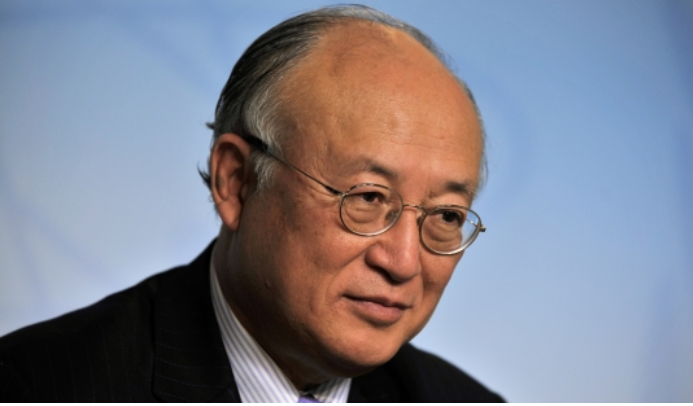
Remarks at Conclusion of International Conference on Radiation Protection in Medicine
Friday 15 December 2017
By IAEA Director General Yukiya Amano
Vienna Austria
Thank you, Mr President.
Distinguished delegates, Ladies and Gentlemen.
I am pleased to speak at the conclusion of this IAEA International Conference on Radiation Protection in Medicine, subtitled Achieving Change in Practice.
I understand that it has been a productive meeting. I thank all of you for taking part and sharing your insights and experience in this very important area.
Nuclear and radiation safety is a national responsibility, but the IAEA’s 168 Member States recognise the importance of international cooperation. Through conferences such as this, and in many other ways, the Agency plays a key role in enabling countries to share experiences and best practices.
IAEA Fundamental Safety Principles and Safety Standards have established a strong framework for nuclear safety throughout the world.
IAEA Safety Standards are not legally binding, but they are used voluntarily by almost all countries to protect people and the environment from harmful effects of ionizing radiation, in health care and other areas. Robust safety measures are essential for ensuring public support for the use of nuclear technology.
The IAEA is also very active in helping countries to make optimal use of radiotherapy and nuclear medicine, as well as diagnostic and interventional radiology.
It is estimated that around 10 million people undergo diagnostic, therapeutic or interventional procedures involving medical radiation every day. Ensuring that such procedures are safe is an integral part of our work.
We do so in many ways, some of which you have discussed at this conference. For example, our Dosimetry Laboratory, near Vienna, is at the heart of a global network of dosimetry labs, run by us in cooperation with the World Health Organization. It provides dosimetry auditing services for radiotherapy centres throughout the world, free of charge.
Ladies and Gentlemen,
The use of ionizing radiation in medicine greatly benefits individual patients and the general health of populations which are fortunate enough to have access to this technology. It is essential that patients and health professionals are protected from the harmful effects of radiation.
Five years ago, at the last IAEA conference on radiation protection, participants from 77 countries and 16 international organizations agreed on the Bonn Call for Action. It set out a roadmap for strengthening radiation protection in medicine. Progress has been made since then in implementing the 10 actions that were agreed.
At the IAEA, we have developed online tools on safety in radiotherapy, radiological procedures and interventional cardiology. These tools help to reduce unnecessary and unintended exposure of patients and staff. We also maintain a Radiation Protection of Patients website, which is a leading resource for health professionals and patients.
Other organizations have also taken action. But we all have much more work to do. This conference has highlighted several opportunities for improvement. For example, participants described their wider use of clinical decision support systems in radiology. These help referring physicians and radiologists to make the right decisions and reduce unnecessary exposure.
We have also heard about the need for systematic monitoring of radiation exposure of tissue outside the targeted area in patients undergoing radiotherapy. This will make radiotherapy even safer in the future.
Ladies and Gentlemen,
The pace of technological development in medical uses of radiation is extremely rapid. This poses potential challenges to radiation protection. No single organization can address this issue alone.
I welcome the creation of the Bonn Call for Action Implementation Toolkit as an outcome of this Conference.
This will help to keep patients and health professionals as safe as possible during procedures involving radiation by strengthening education and training.
Ladies and Gentlemen,
I am confident that your work this week will make an important contribution to improving radiation protection in medicine throughout the world.
I thank our co-sponsors, the World Health Organization and the Pan American Health Organization. I also thank you, Mr President, for your skilful and effective leadership during this Conference.
I now declare the Conference closed.
Thank you.
Source: https://www.iaea.org/newscenter/statements/remarks-at-conclusion-of-international-conference-on-radiation-protection-in-medicine#.WjbMJELdXQg.twitter

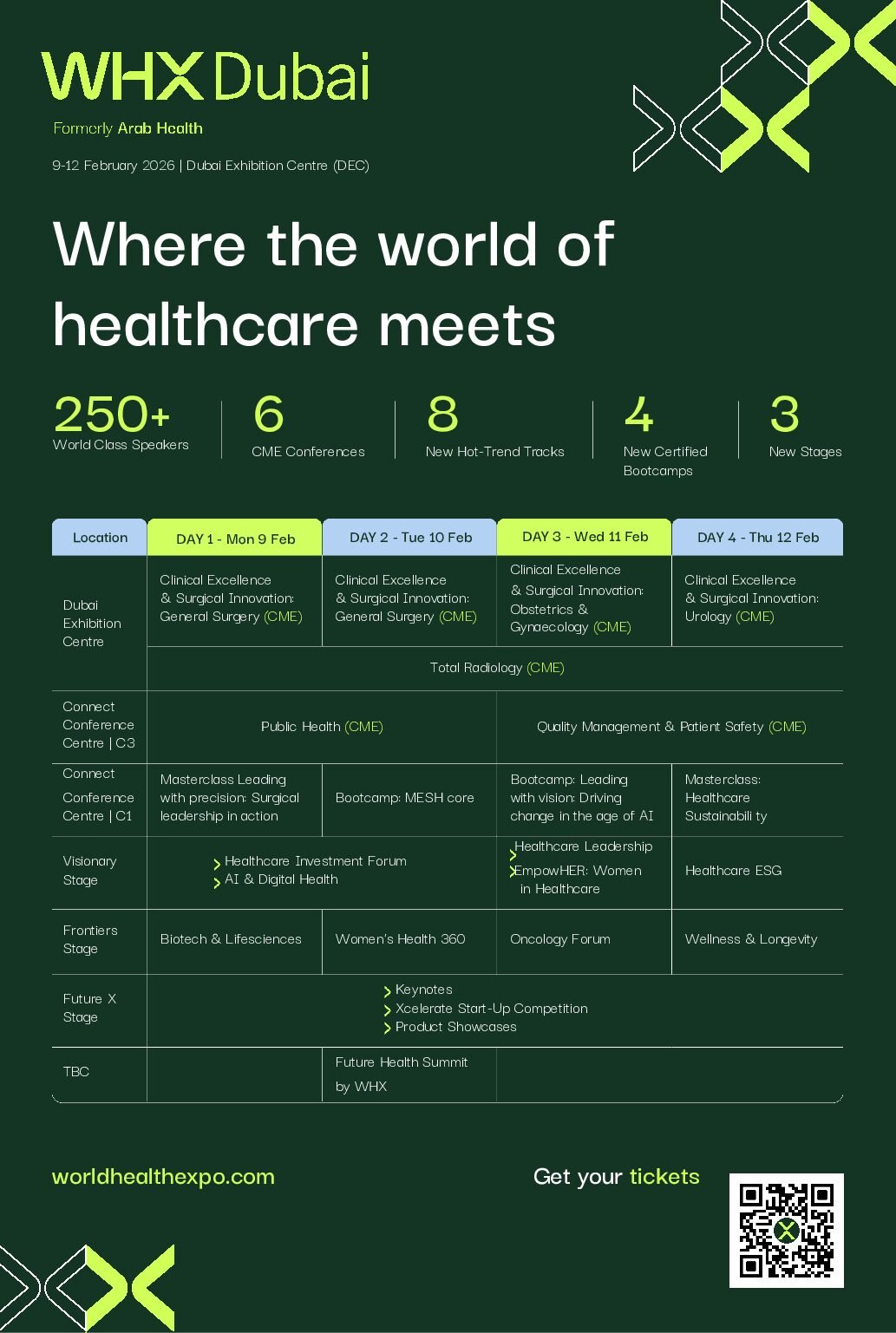

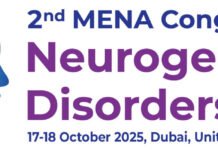
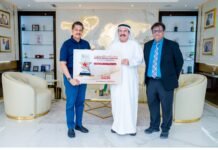


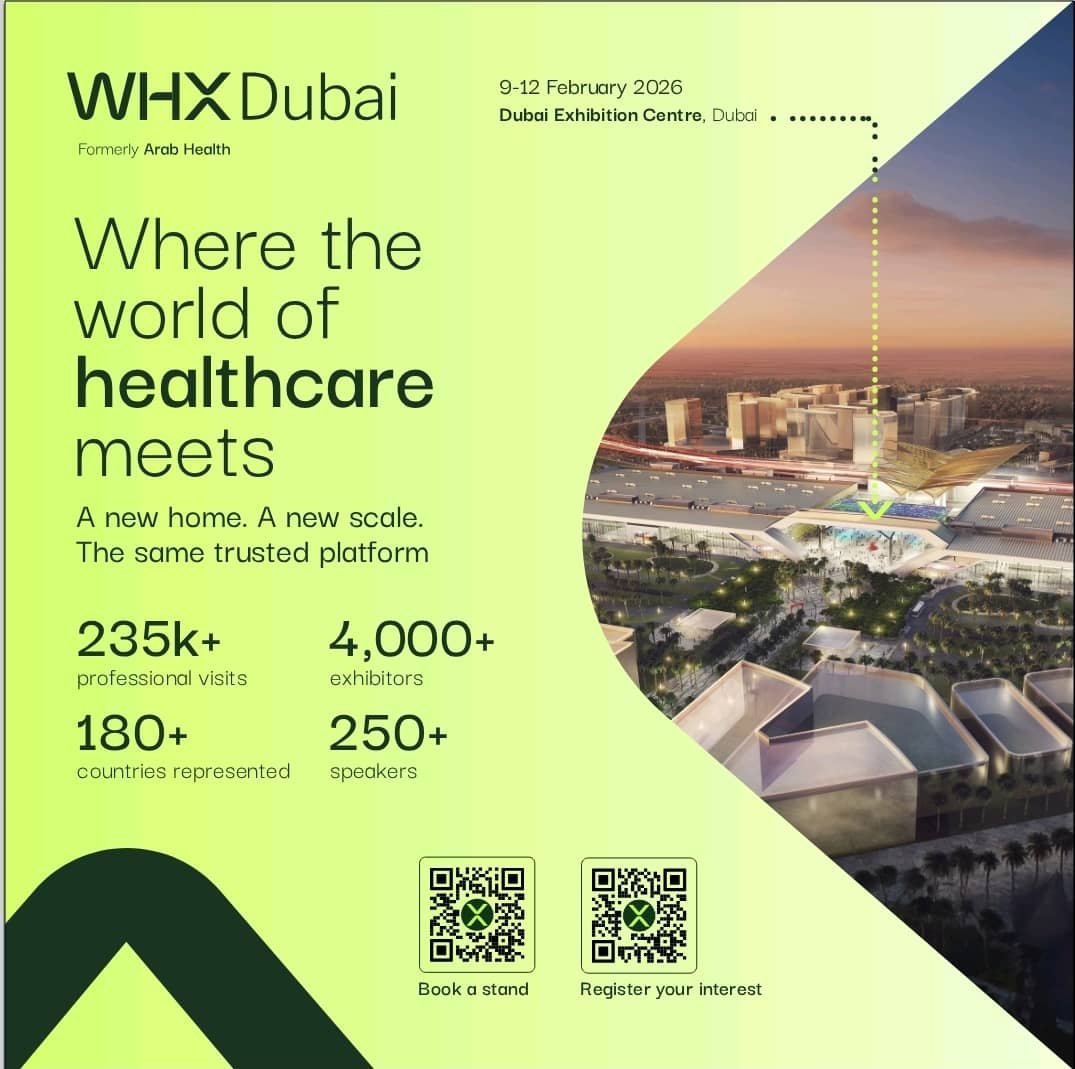

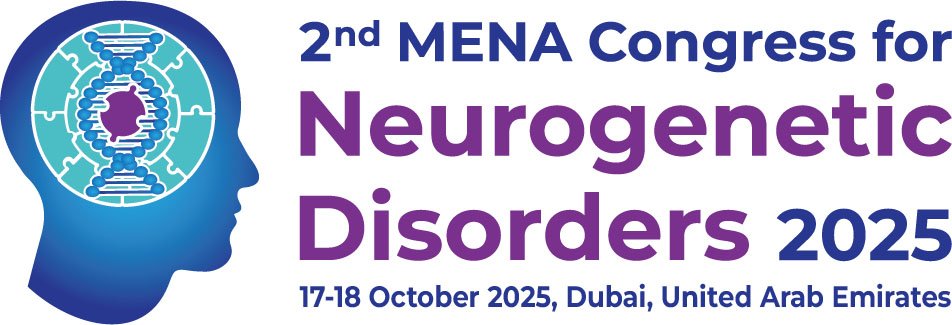

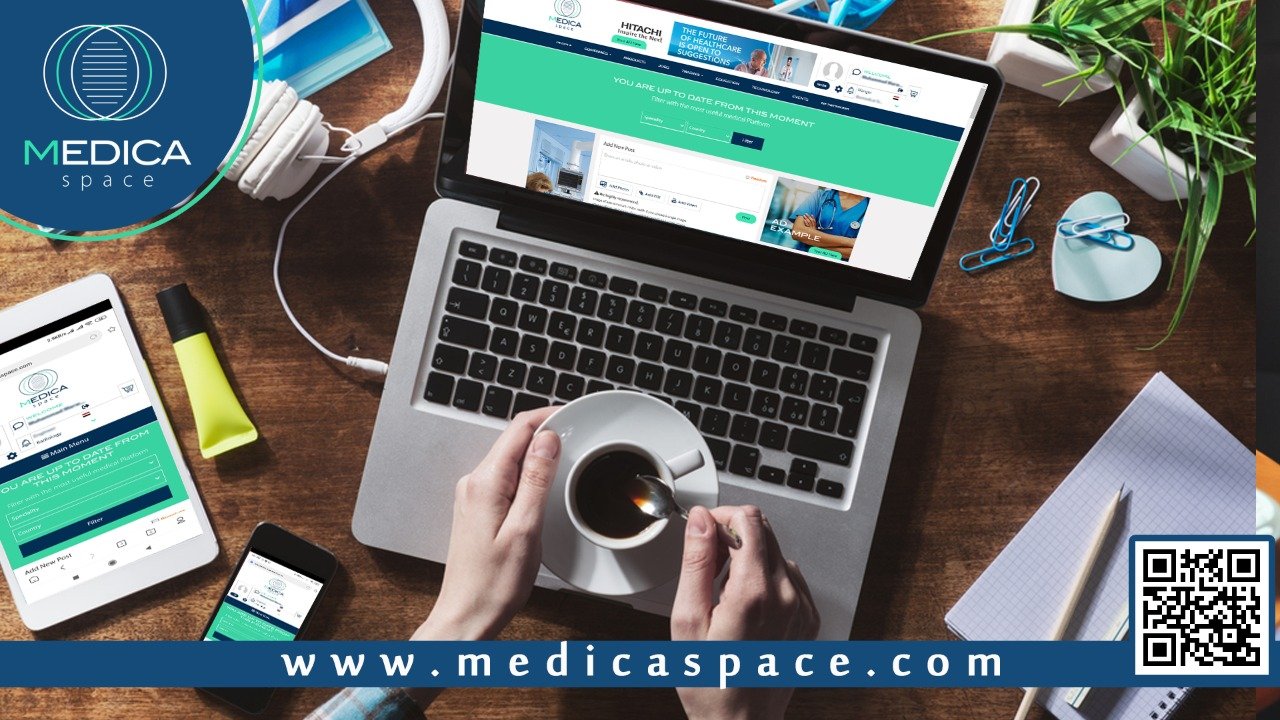
I’m happy after I read this and I’m proud as a radiographer by profession.
Radiation protection is essential and integral part of our professional services that must be addressed. Thanks
Its a really interesting article….integral parts of the radiography profession were addressed like radiation protection of patients,development online tools to aid cardiology,provide safety etc,….in other words its really commendable
Nice article.
Practical radiation measurement using calibrated radiation protection instruments is essential in evaluating the effectiveness of protection measures, and in assessing the radiation dose likely to be received by individuals. The measuring instruments for radiation protection are both “installed” (in a fixed position) and portable (hand-held or transportable).
Great article
There are radiation protection websites for educating the public and radiographers about radiation protection measures.
The pace of technological development in medical uses of radiation is extremely rapid. This poses potential challenges to radiation protection.IAEA Safety Standards are not legally binding, but they are used voluntarily by almost all countries to protect people and the environment from harmful effects of ionizing radiation, in health care and other areas.
A heartening read, was most pleased about the radiation protection website..
It is good to know that the IAEA is active in helping countries make optimal use of radiotherapy,nuclear medicine and diagnostic and interventional radiology.Also their emphasis on radiation protection and standard practices is a great reminder that these aspects are essential.
Insightful article ..it is true to there are still other fields in radiography that need improvement.. Especially in the area of chemotherapy
It is an amazing article..The use of ionizing radiation greatly benefits individual patients and the general health of populations which are fortunate enough to have access to this technology.
Comment:it’s really fascinating to know that a lot has been put in place to enhance radiation protection among patients and Radiographers,i also love the fact that there is a radiation protection website to enlighten People about d protection
Radiation protection is important and must not be ignored
Comment:very amazing article…Good to know that radiation protection is taken very seriously
I like the part where it was stated that there should be wider use of clinical decision support system. They will assist the referring physician to make right decisions not to over expose the patient
IAEA as a body has done a lot and is still doing quite a lot in ensuring radiation protection and promoting optimum practice in all countries.
Comment: I cannot emphasize how glad I am to know that the IAEA is very concerned and diligent about ensuring radiation protection for not just patients but radiographers and the worlds population at large. Kudos to them